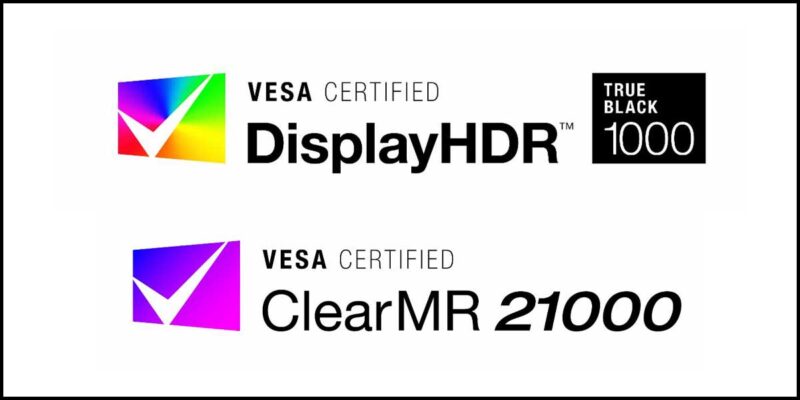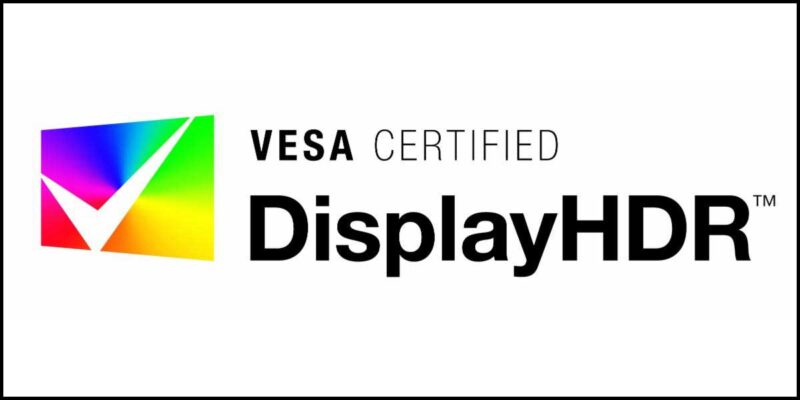VESA Publishes Display Compression Standard for Mobile Applications
 The Video Electronics Standards Association (VESA) today formally introduced the VESA Display Compression-M (VDC-M) standard, a new display interface compression standard designed for embedded mobile display applications, including smart phones and other hand-held devices. Developed in collaboration with the MIPI Alliance, VDC-M provides a higher level of compression ratio (up to 5:1) at the same visually lossless quality level as VESA’s Display Stream Compression (DSC) standard, with the trade-off of higher circuit complexity. VDC-M is the third compression standard in VESA’s family of compression codecs, which include DSC 1.1 (introduced in 2014) and DSC 1.2 (introduced in 2017).
The Video Electronics Standards Association (VESA) today formally introduced the VESA Display Compression-M (VDC-M) standard, a new display interface compression standard designed for embedded mobile display applications, including smart phones and other hand-held devices. Developed in collaboration with the MIPI Alliance, VDC-M provides a higher level of compression ratio (up to 5:1) at the same visually lossless quality level as VESA’s Display Stream Compression (DSC) standard, with the trade-off of higher circuit complexity. VDC-M is the third compression standard in VESA’s family of compression codecs, which include DSC 1.1 (introduced in 2014) and DSC 1.2 (introduced in 2017).
As the demand for higher image quality and resolution on mobile devices continues to increase, system designers are under increased pressure to find innovative ways to support higher bandwidth across display links without compromising on the overall size, cost and battery life of the mobile device. VDC-M version 1.1 is a higher-complexity codec targeting higher rates of compression for use with higher resolution displays within a smartphone and other embedded usages. For a 30-bit image, VDC-M can enable compression down to 6 bits per pixel, providing a compression ratio of up to 5:1 while maintaining visually lossless viewing with no attendant loss of bandwidth.
Based on the broad industry support in developing the VDC-M standard, VESA expects the same broad industry adoption and longevity enjoyed by its DSC predecessors. The MIPI Alliance is already announcing plans to include VDC-M in its upcoming mobile display transport specification.
While VDC-M has an increase in computational complexity compared to DSC, the ability to enable a higher level of compression provides additional design flexibility for system designers due to the ability to increase the resolution and/or color bit depth using the same display interface, or by lowering system power for the same display by reducing the link clock rate. VDC-M can also reduce power, weight and system cost by reducing the number of interface wires and connectors compared with no compression or less compression. In addition, the frame buffer size in video memory can be reduced, which is beneficial in reducing the form factor and extending the battery life of mobile devices.
More information on VDC-M is here.
And, a side-by-side comparison of VESA’s Display Interface Compression Standards:





